#sphingidae
Text


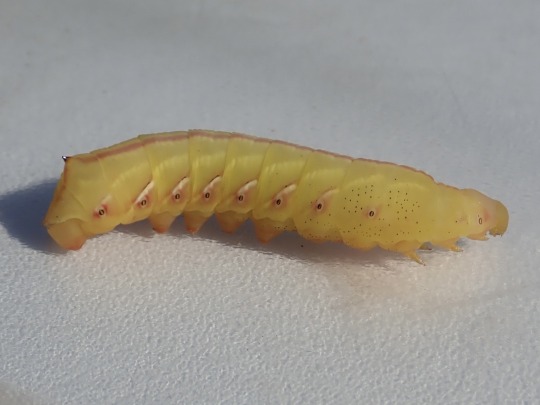


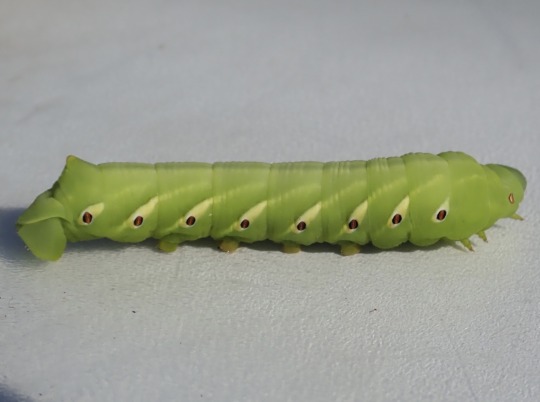
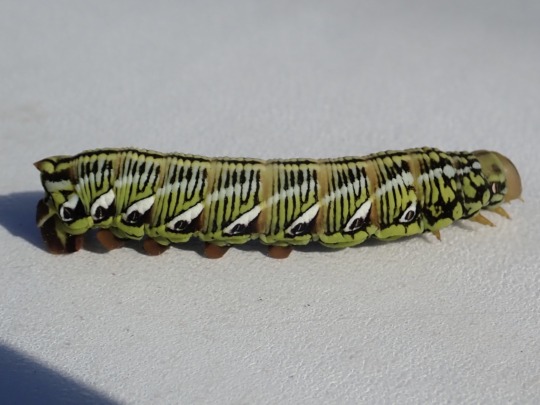
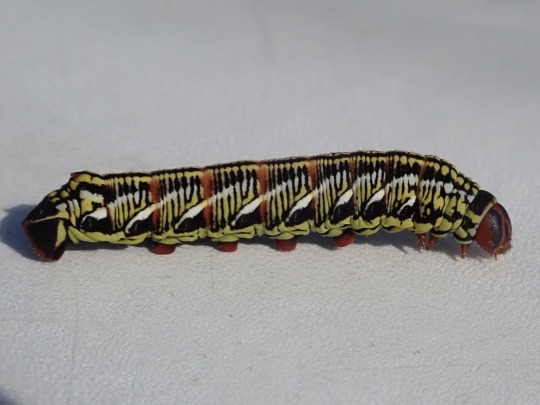

i found lots of different Eumorpha fasciatus caterpillar color morphs today!
8K notes
·
View notes
Text
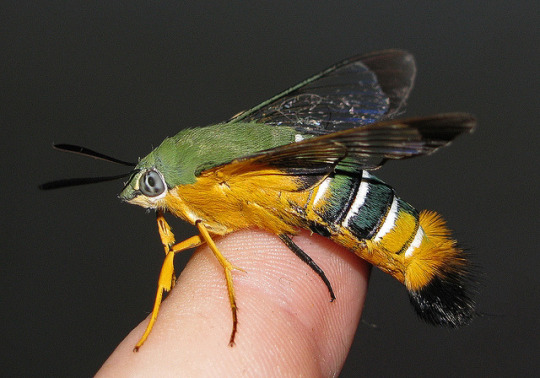
Gardenia Bee Hawk Moth (Cephonodes kingii), family Sphingidae, Australia
Photograph by Dark Morelia
3K notes
·
View notes
Text

can i interest you in some bugs
#bflyart#bug doodles#sphingidae#membracidae#vespidae#sesiidae#gompidae#scarabaeidae#mantispidae#sphecidae
2K notes
·
View notes
Text
time lapse of a banded sphinx moth caterpillar (Eumorpha fasciatus) devouring a water primrose leaf
(Florida, 9/18/22)
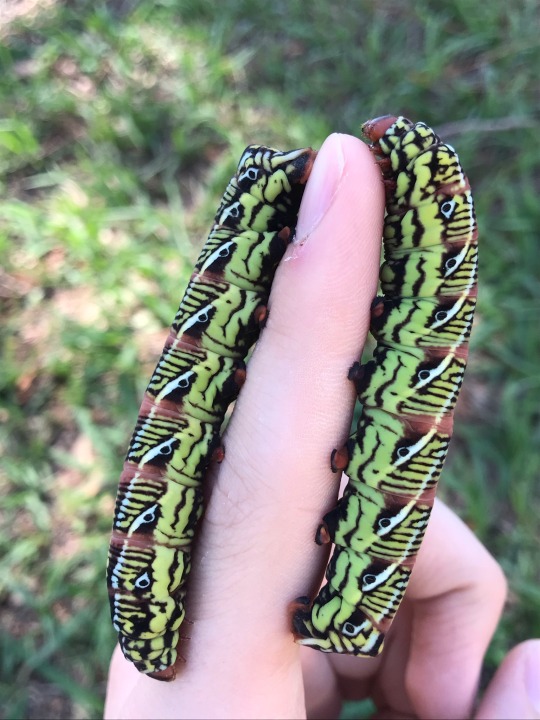

E. fasciatus caterpillars are heavily polymorphic and come in several different color morphs- those stripy rainbow ones are from the same population as the green one.
another neat thing about these guys is that most caterpillars drown easily, but since water primrose (Ludwigia) usually grows in standing water, E. fasciatus caterpillars have a propensity for swimming and are often seen wriggling their way through lakes when they need to come ashore to pupate.
#moths#sphingidae#lepidoptera#sphinx moth#eumorpha fasciatus#bugblr#bugs#insects#entomology#caterpillars
20K notes
·
View notes
Text
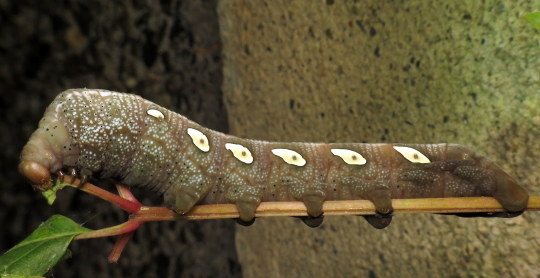

Bug of the Day
I was coming back in after a disappointing night at the lights last week, and came across this glorious chonkbeast on some Virginia creeper growing under my porch. This is a Pandora sphinx moth caterpillar (Eumorpha pandorus). Look at its squishy little donut feeties!!
#Pandora sphinx#Eumorpha pandorus#Eumorpha#Sphingidae#Lepidoptera#moth#caterpillar#chonkbeast#insect#sphinx moth#sphinx#bug of the day#BotD
2K notes
·
View notes
Text
Oryba achemenides
Or algae covered cheeto
2K notes
·
View notes
Text

Macroglossum stellatarum | Les Papillons dans la Nature (1934) | Paul-André Robert (1901-1977)
1K notes
·
View notes
Text
I was requested to paint a small wooden box by a friend. It's not overly complicated, but I think it turned out alright.



1K notes
·
View notes
Note
have you done the snowberry clearwing yet? they are one of my favorites!
Moth Of The Day #296
Snowberry Clearwing
Hermaris diffinis
From the sphingidae family. They have a wingspan of 32-51 mm. They can be found across North America.
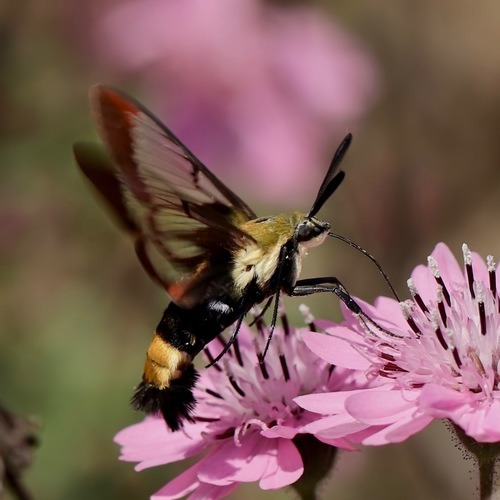
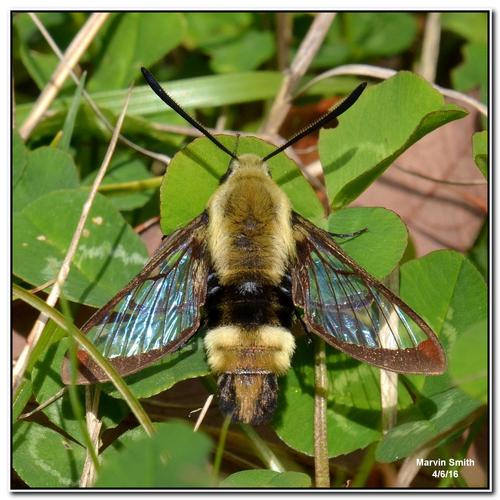
Image sources: [1] [2]
#moth#moths#lepidopterology#lepidoptera#nature#pretty moth#bugs#insect#moth of the day#motd#lepidoptery#entomology#insects#bugblr#invertebrates#bug#snowberry clearwing#snowberry clearwing moth#hemaris diffinis#sphingidae#sphingidae moth
341 notes
·
View notes
Text
I saw this big damn mulberry hawkmoth outside my room and I told it "you better not wander into my room and then fly around all night rattling against my blinds and shit" well guess who apparently doesn't speak English.

3K notes
·
View notes
Text
Abbott's Sphinx Moth: this caterpillar has a false eye on its rump; it mimics the features of a vertebrate's eye, and even includes a white reflection spot

The formal name for this species is Sphecodina abbottii.
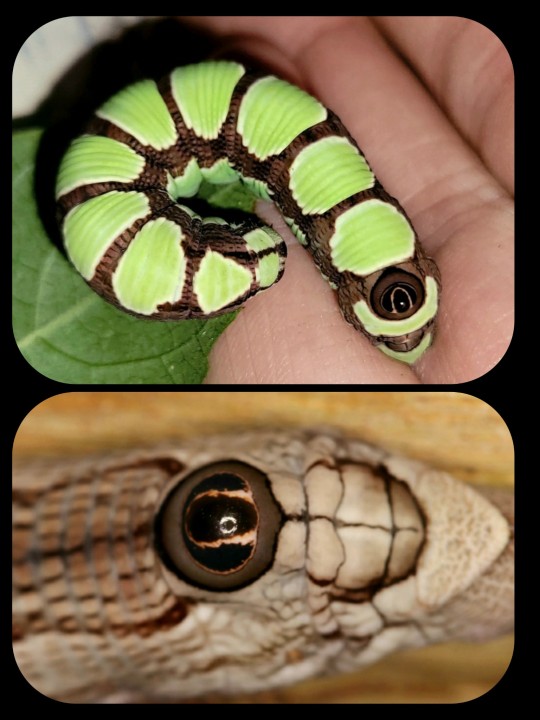
From Minnesota Seasons:
The caterpillar is up to 3″ (7.5 cm) long. Middle stage (instar) caterpillars are whitish to bluish-green. In place of the horn found on other sphinx caterpillars, there is a raised orange knob on the eighth abdominal segment (A8). Final instar caterpillars come in two color forms. The brown color form has longitudinal streaks of light and dark brown mimicking the color of a woody vine. The green form has on each abdominal segment a large, pale green, saddle-shaped spot on the upper side and a similar smaller spot on each side. The pattern is said to mimic a bunch of unripe grapes. Both forms have a black, raised, eye-like knob on A8 complete with a small white spot mimicking reflected light.
When the caterpillar is pinched or poked, it often squeaks and bites at the attacker.
The fully-developed moth also has a unique appearance -- it has an ash-grey/blue coloration with streaks of pink and black.
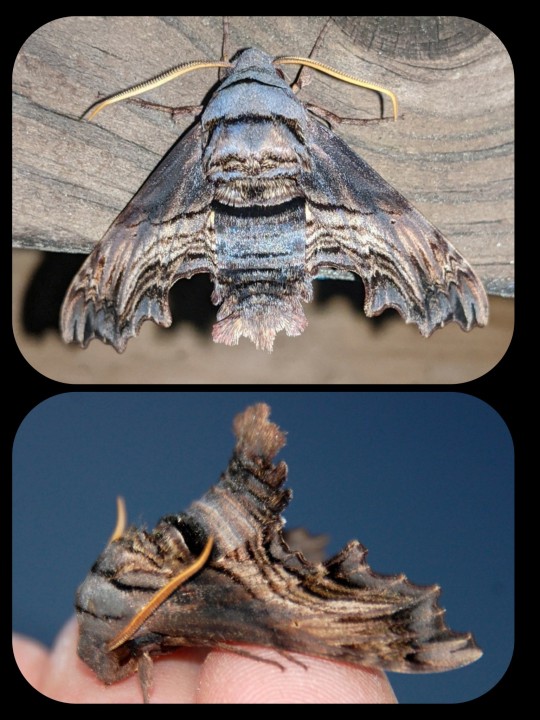
Sources & More Info:
Encyclopedia of Life: Sphecodina abbottii
Insect Identification: Abbott's Sphinx Moth
University of Wisconsin-Milwaukee: Saukeville Field Station
Minnesota Seasons: Abbott's Sphinx Moth
University of Minnesota Garden Extension: Abbott's Sphinx
#lepidoptera#cute bugs#moths#nature#mimicry#caterpillar#sphecodina#sphingidae#animals#insects#cool bugs#arthropods#sphinx moth#abbott's sphinx
222 notes
·
View notes
Text
Moth of the Week
African Death’s-Head Hawkmoth
Acherontia atropos

The African death's-head hawkmoth is part of the family Sphingidae and is the most widely recognized of the three species of Death’s-Head Hawkmoth. The species was described in 1758 by Carl Linnaeus. Its common name comes from the skull shape on the back of its thorax. It’s binomial name: comes from the river Acheron in Greece, which was believed to lead to the Underworld, and the Greek goddess Atropos respectively.
Description The forewings are black/brown with mottled shades of brown while the hindwings are buff orange with two black/brown stripes that curve with the edge of the hindwing. The head and thorax are the same black/brown color as the forewings interrupted by the brown skull on the back of the thorax. The abdomen is the same buff color as the hindwings with similar stripes of the same color. There is also a single stripe down the center of the abdomen called the “dorsal stripe.”
Average Wingspan: 13 cm (5 in)
Females are large than males with a rounded abdomen tip and larger, thicker antennae
Males have a pointed abdomen tip
Diet and Habitat Larva of this species mainly eat the leaves of potato plants which have alkaloids. The larva accumulate these toxins to become unpalatable to predators. Adults eat the nectar of flowers and stolen honey from the beehives of the Western Honey Bee. They are able to mimic the scent of bees and steal the honey undetected. They use their proboscis, a tube used to drink nectar and honey, to break the honey comb.
Their ranges stretches from the Middle East, as far south as the southern tip of Africa, as far north as southern Great Britain, as far east as India and western Saudi Arabia, and as far west as the Canary Islands and Azores. It is known to move into western Eurasia, but a majority do not survive the winter.
Mating This moth has multiple generations per year. In Africa, the broods are continuous. In the northern range, the larva overwinter in the pupal stage. Eggs are laid singly on the underside of species in mainly Solanaceae but also Physalis, Verbenaceae, Cannabaceae, Oleaceae, Pedaliaceae and others.
Predators This moth can emit a special squeak noise by sucking in air to vibrate a flap in its mouth and throat. The purpose of this squeak is unclear, but the two hypotheses are it is to scare away predators or to mimic the sound of a queen bee makes for the workers to stop moving to easier raid beehives for honey. They are also immune to bee venom and can mimic the scent of bees.
Fun Fact This moth has appeared many times in pop culture as symbols of death and evil:
It appeared in The Hireling Shepherd, Bram Stoker's Dracula, Un Chien Andalou, the promotional marquee posters for The Silence of the Lambs, in the music video to Massive Attack's single, "Butterfly Caught,” and on the American edition's cover of José Saramago's novel Death with Interruptions.
It is mentioned in Susan Hill's Gothic horror novel I'm the King of the Castle and John Keats’s "Ode to Melancholy.”
It is referred to in The Mothman Prophecies.
Finally, the moth is used as a calling card by the serial killer Buffalo Bill. However, in the movie script they are referred to under a different species of death’s-head hawkmoths.
(Source: Wikipedia, Simple English Wikipedia)
#libraryofmoths#animals#bugs#facts#insects#moth#mothoftheweek#lepidoptera#Sphingidae#African death’s-head hawkmoth#Acherontia atropos
161 notes
·
View notes
Text
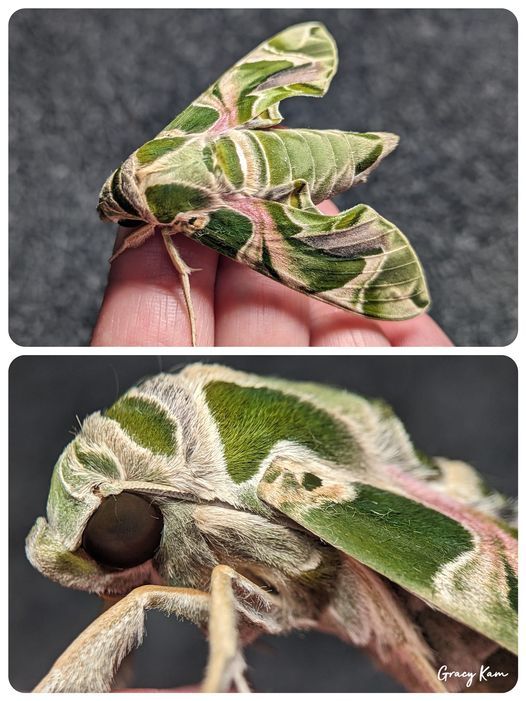
Oleander Hawk Moth (Daphnis nerii), family Sphingidae, Taiwan
photographs by Gracy Kam
2K notes
·
View notes
Text

invertober week 2
428 notes
·
View notes
Photo

Elephant Hawk-moth
#elephant hawk moth#Deilephila elpenor#moth#upl#large elephant hawk moth#Insecta#Lepidoptera#Sphingidae#Deilephila
1K notes
·
View notes
Text
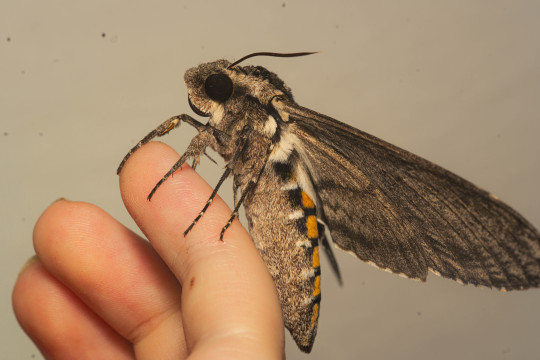

Carolina sphinx Manduca sexta
549 notes
·
View notes